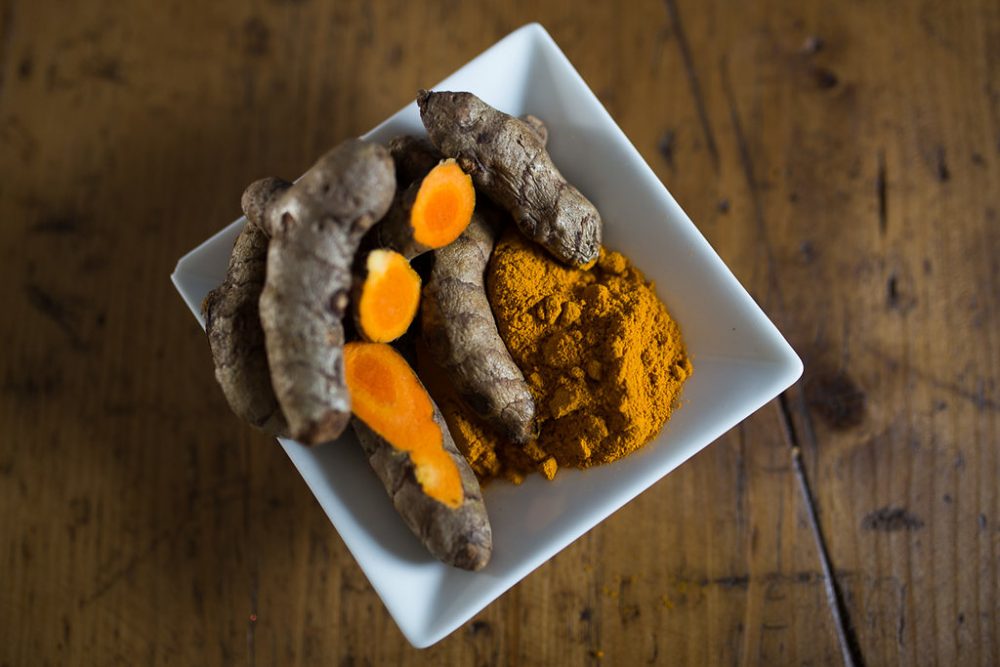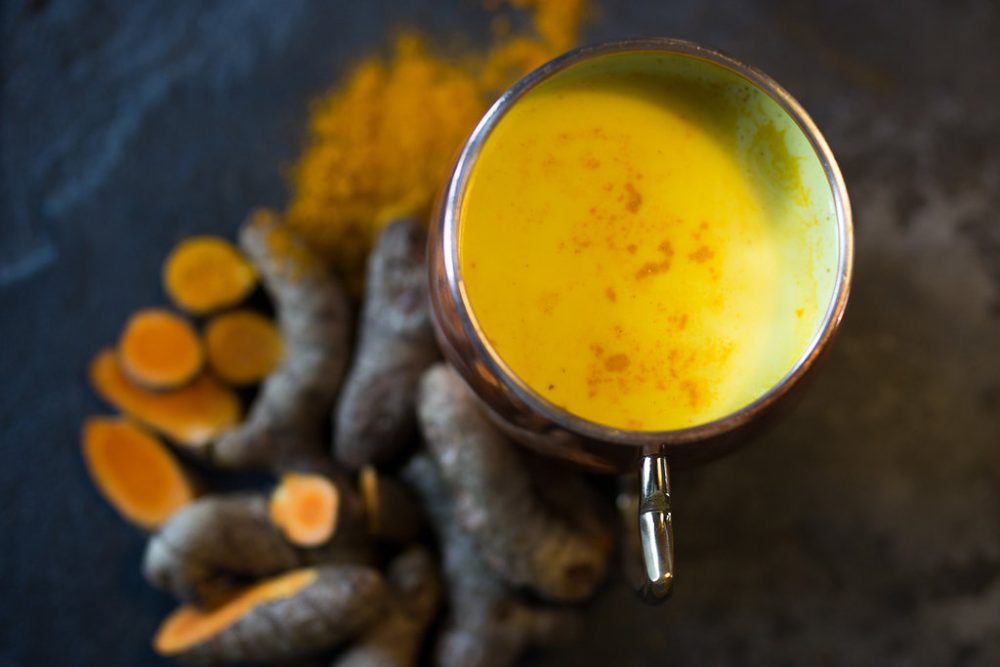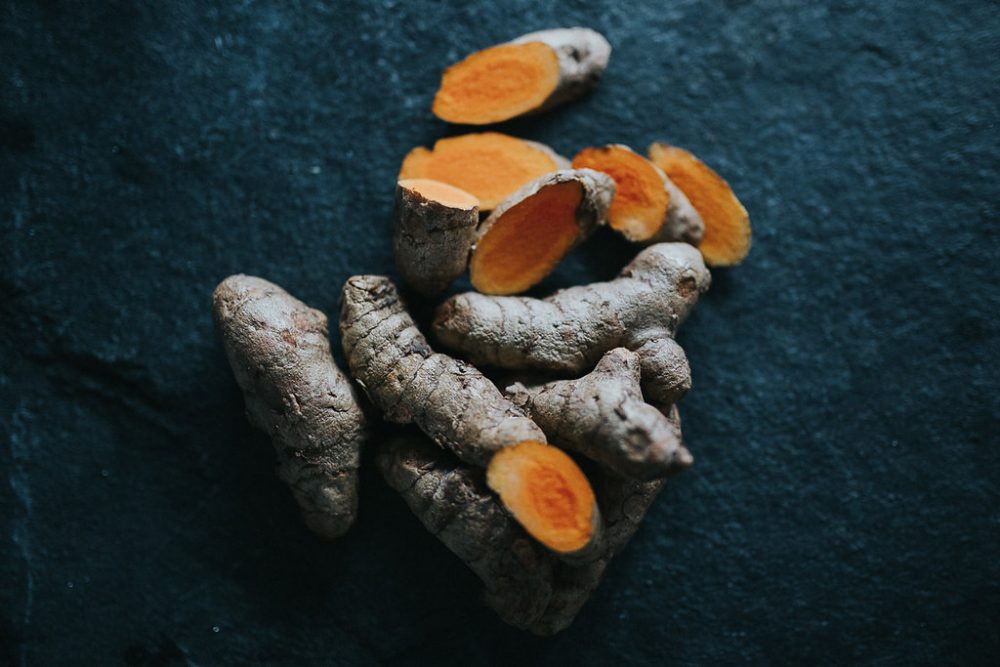When womenfitness.net started 18 years ago, turmeric was a little known spice in the UK – a brilliant yellowy orange powder reserved only for curries and probably found lurking at the back of the spice rack in many a kitchen!

Today turmeric, part of the ginger family of plants, has rocketed into the super food hall of fame and has been named by Google as the ‘breakout star’ ingredient for 2016. Similarly, it has been referred to in the foodie marketplace as ‘functional food’ having soared in popularity as women start to take a greater interest in nutrition and the impact that certain foods have on the body.
Turmeric’s dramatic rise in popularity has also been attributed to the many claims about its medical properties. The western world has been rather slow in catching on to this idea because the population of Southern Asia has been using turmeric medicinally for some 4,000 years! The chemicals that provide the vivid bright orange color are a group of compounds called curcuminoids and are known to reduce inflammation by blocking an enzyme involved in triggering inflammation. Turmeric has therefore been prescribed for all sorts of ailments, applying it to the skin as an antiseptic on cuts and infected wounds as well as administering it on sprains, bruises and swellings as an anti-inflammatory, even for treating gum disease.
Recent studies have even compared the effectiveness of extracts of turmeric with some pharmaceutical drugs, which could have significant importance for the future of medicine.
It is well documented that colourful plant foods are good for our health due to their phytochemical properties. Phytochemicals refer to the natural chemical compounds found in plants that make up its colour and have long been believed to be important as part of a balanced diet and recommended in the prevention of some Cancers. It is interesting to note that those countries that regularly use Turmeric in their cooking have much lower rates of Cancer than countries that don’t. Research into curcumin (Arabic for colour) and Cancer in the UK is in its early stages, but results so far are very positive and more detailed studies are now underway. Work is also being carried out on the relationship between curcumin and Alzheimer’s, so it looks like it’s going to be a fascinating future for this bright spice.

Today India produces 80% of the world’s Turmeric, which is produced either fresh or in powder form. In Indian cooking it is used to add colour, however it is also an important balancing spice, one that brings little taste itself but helps to balance out the flavours of the other spices in a dish. For those who don’t like spicy food, the current trend of including turmeric in a smoothie or milkshake might be a better way of introducing this King of medicinal food into the diet. Or maybe head down to your local independent café to road test a turmeric latte or just sprinkle it over scrambled eggs in the morning or add to a lunchtime soup.
Personally I think that this little addition to the daily diet has no negatives and plenty of potential positives – and I can’t wait to see how the research progresses.

Fascinating podcast
BBC Radio 4 Food Programme on the benefit of Turmeric and an amazing case study about the effects of curcumin in stabilising a woman’s Cancer: http://www.bbc.co.uk/programmes/b08rpd85
Disclaimer
The Content is not intended to be a substitute for professional medical advice, diagnosis, or treatment. Always seek the advice of your physician or other qualified health provider with any questions you may have regarding a medical condition.